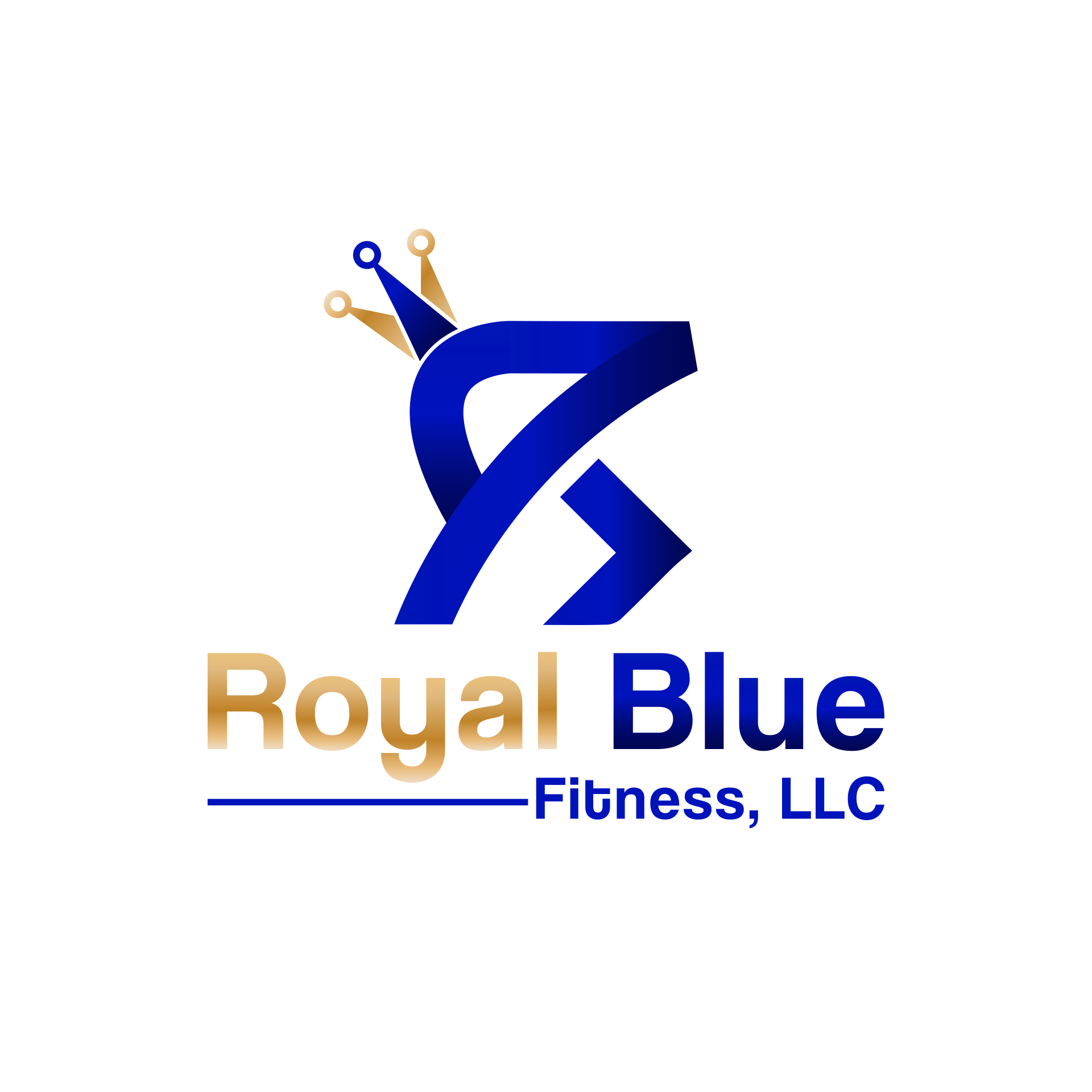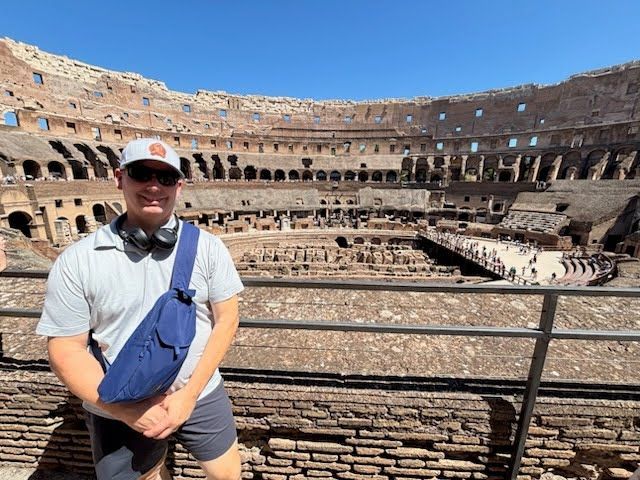Rehab to Resilience
Reduce pain, restore function, and rebuild strength after injury or surgery. A clear plan, skilled coaching, and progress you can see and feel.
Why Choose Rehab to Resilience
If you’re dealing with pain, stiffness, or weakness after an injury or surgery, you want to reduce pain, rebuild strength, move better, and do what you love as soon as possible. The Rehab to Resilience program delivers exactly that: you’ll reduce pain by learning proper biomechanics, safe loading, and pacing that protect healing tissue; you’ll rebuild strength by correcting muscular and movement imbalances and adding stability around the injured area; you’ll move better by improving neuromuscular control, mobility, and balance; and with less pain, more strength, and better mobility, you’ll return to work, sport, hobbies, and family time with clear milestones and steady coaching.
Pain Down
Strength Up
Move Better
Do What You Love
How Rehab to Resilience Works
1) Assess
We measure baseline range of motion and strength, screen key movements, and map pain triggers. We start exactly where you are.
2) Plan
Your coach reviews the assessment and builds a safe, personalized plan using our in-house systems. The plan targets your pains and weaknesses, sets weekly and monthly milestones, and focuses on a successful recovery.
3) Train
We execute the plan together. You get clear cues, steady progressions, and accountability so every exercise is performed correctly and with purpose.
4) Re-test & Adjust
We check in every session and make small adjustments as needed. A full reassessment happens every 3 months to confirm progress and set the next targets.

What’s Included
- Intake and history review, including red-flag screening
- Personalized exercise library with short how-to videos
- At-home protocols for mobility, stability, and walking
- Messaging support through the Royal Blue Fitness app (iOS and Android)
- Progress snapshots you can share with your clinician or PT
Delivery formats: 1-on-1, partner (2:1), Virtual.
Packages: Our Foundations, Milestone, and Legacy programs are 3, 6, and 12 months, paid monthly or in full.
A 1-Month Starter is available if you want to try the system first. The Starter is limited to one per person, and continuing afterward requires selecting one of the three main packages.
Real stories from Pleasant Hill and across the East Bay.
What Clients Say About Rehab to Resilience
I had spinal fusion at L4-L5 and I couldn't walk. Royal Blue Fitness worked with me and my occupational therapists get me from having to use a walker to now I'm washing my cars again in a remarkably short amount of time. I thought I wouldn't be able to walk ever again, but being at Royal Blue Fitness gave me hope, and I am so fortunate, that hope turned into reality.
- Mark Larkspur
I had been in the construction business for decades. The wear and tear on my body from putting up drywall and tearing down parts of homes and retail buildings got to the point where I couldn't ignore it anymore. I had tried chiropractors, acupuncture, and all kinds of stuff, but those only gave me temporary relief. Working with the guys at Royal Blue Fitness, everything just made sense. They explained things about how my body works and how it's going to get better, so clearly it gave me hope. After a year or so of work, I was completely pain-free and could continue to do my job and provide for my family. I am so relieved.
- Sean Levesque
I was working on my garden, pulling weeds and planting new flowers. Everything was going well until I tried to dig out a root and really messed up my back. I was in sooooo much pain! You wouldn't believe. I went to my doctor and we got MRIs and surely enough there was a tear. I was prescribed some medicine and physical therapy. I didn't feel like physical therapy was helping me as much as I had imagined. When I was there, the person who was working with me would walk away and didn't even check my form or anything. What if I had hurt myself!? I didn't know where to go, but my friend gave me a referral to Royal Blue Fitness. They were so great at listening to my story and my blabbing on and on and I felt so safe and understood. It was night and day difference in care. Fast forward some months later and my back has healed and I'm so much stronger. I could pull weeds and plant roses without being tired and what I learned from working with them is how to be aware of my body and use proper leverage and form. I catch myself making sure I straighten my back before I pull the weeds. Amazing Amazing job!
- Karen Stabler
About half a year ago I pulled my hamstring while doing an aerobics class at my previous gym. I went to physical therapy and got massages, which helped, but I knew I needed to strengthen my muscles. I didn't have any idea how to start. I never weight trained before. My doctor recommended me to go to Royal Blue Fitness and right away I knew I was in good hands. My trainer was so prepared and knowledgeable. I looked forward to my workout every session because in just a few weeks I could feel my posture get better and my body get stronger. We didn't just work on my injury, but we worked on my entire body. I am so pleased with my results and look forward to continuing with my progress.
- Cassandra Ciscneros
Do you want your recovery journey to become a success story?
Please give us a call!
FAQs
Should I get a personal trainer after physical therapy?
Yes. If you're still experiencing pain, weakness, or limited mobility after physical therapy, continuing with a qualified personal trainer can make a big difference. At Royal Blue Fitness, our coaches specialize in human movement, corrective exercise, and post-rehab recovery. This means we understand how to strengthen around injuries, correct imbalances, and safely rebuild function.
It's common for insurance to end physical therapy before you're fully recovered, leaving you unsure of the next step. That's where we come in. Our Rehab to Resilience program is specifically built for this gap. We help you continue progressing once therapy ends, whether you're trying to return to work, sport, or just live without pain. You'll get a structured plan with expert coaching that picks up where therapy left off and guides you all the way back to full strength.
What types of injuries or conditions does the Rehab to Resilience program help with?
Rehab to Resilience is built for musculoskeletal recovery. We focus on pain, mobility limits, and strength deficits related to joints, tendons, and post-surgery rebuilds. Common cases we work with include:
Neck / Cervical Spine
- Whiplash
- Cervical posture changes (including cervical kyphosis)
- Cervical spinal fusion (post-op recovery)
Shoulder Complex
- Frozen shoulder (adhesive capsulitis)
- Rotator cuff injuries
- Shoulder impingement
- Labral tears (shoulder)
- Parsonage–Turner syndrome (brachial neuritis)
- Shoulder replacement (post-op recovery)
Elbow / Forearm / Wrist / Hand
- Golfer’s elbow (medial epicondylitis)
- Tennis elbow (lateral epicondylitis)
- De Quervain’s tenosynovitis
- Carpal tunnel syndrome
- Tendinitis and tendinosis
- Elbow bursitis
Thoracic / Mid-Back
- Postural stiffness and pain patterns related to movement or load
Lumbar Spine / Low Back
- Lumbar flexion intolerance
- Lumbar extension intolerance
- Herniated discs
- Sciatica
- Lumbar spinal fusion (post-op recovery)
Hip / Pelvis
- Piriformis syndrome
- Snapping hip syndrome
- Labral tears (hip)
- IT band–related pain patterns
- Hip replacement (post-op recovery)
Knee
- Ligament tears: ACL, MCL, PCL, LCL
- Meniscus tears
- IT band syndrome (lateral knee presentation)
- Knee replacement (post-op recovery)
- Overuse injuries from running, jumping, or change of direction
Lower Leg / Ankle / Foot
- Plantar fasciitis
- Tendinitis and tendinosis
- Bursitis
Systemic or Multi-Region
- Osteoporosis support for safe strength and balance work
- Osteoarthritis management for common joints (spine, hip, knee, shoulder)
- General Chronic Stiffness
If your issue is musculoskeletal and not listed here, ask. We can usually map it to the right plan and progressions.
How soon after surgery can I exercise?
Timelines vary by procedure and surgeon protocol. We follow your provider’s clearance and directions.
Once you are cleared to begin activity, we guide you through a safe progression:
- Early phase: gentle range of motion, breathing, circulation work, and pain-aware positioning within your precautions.
- Rebuild phase: restore mobility and activation, then add light, controlled strength and balance.
- Return phase: progressive loading, movement confidence, and a plan to resume work, sport, and daily life.
We coordinate with your surgeon and physical therapist, and we never replace their care. If you are not cleared yet, we can still meet to plan your path and prepare you for a smooth start once you get the green light.
What exercises help with back pain?
Back pain is common because the area is complex. The spine, discs, facet joints, nerves, and many muscles can all contribute. The goal is to improve mobility where you are stiff, build strength where you are weak, and create stability so the spine feels supported.
Here is how we approach it, then we tailor the specifics to your assessment:
- Mobility and breathing: gentle spinal mobility, hip flexor and hamstring mobility, and diaphragmatic breathing to reduce guarding.
- Core stability: train the trunk to resist unwanted motion so the back is supported during daily tasks.
- Hip and glute strength: stronger hips reduce strain on the low back during lifting and walking.
- Posture and endurance: build tolerance for positions you use all day, then add load gradually.
- Walk and reload: steady walking and graded return to daily movement help calm symptoms and build confidence.
We choose exercises based on your pain triggers and movement screen, then progress the plan in small, safe steps. If you have red flags such as numbness, tingling, loss of bowel or bladder control, or pain that rapidly worsens, contact your medical provider before exercising.
How can I exercise while recovering from an injury?
Start with clearance from your medical provider, then use a calm, predictable progression. The big goals are to keep tissues safe, maintain fitness, and rebuild capacity without flare-ups.
Principles that work:
- Dial in pain limits: use a 0–10 scale. Stay at or below a 2–3/10 during and after sessions. If pain spikes later that day or the next morning, reduce range, load, or volume next time.
- Move what you can, how you can: train non-injured areas normally and train the injured area in pain-aware ranges with slow tempo and long rests.
- Start with control: isometrics, supported positions, and tempo work build tolerance without provoking symptoms.
- Progress one knob at a time: first range of motion, then reps/time, then load, then speed/complexity.
- Prioritize quality over quantity: stop a set when form slips, not when the clock says so.
- Mind recovery: sleep, protein, hydration, and short walks help tissues settle between sessions.
- Watch for red flags: numbness, tingling, loss of strength, or pain that rapidly worsens means stop and contact your provider.
How we help at Royal Blue Fitness:
We assess your triggers, build a plan with weekly targets, coach each rep for proper mechanics, and adjust session by session. That way you keep training, avoid setbacks, and return to work, sport, and daily life with confidence.
How is Post-Physical Therapy Personal Training different from regular personal training?
Post-physical therapy training picks up where therapy leaves off. It is still fitness, but it follows clinical guidance and uses extra safeguards to protect healing tissues while you rebuild capacity.
Key differences:
- Assessment depth: starts with range of motion, strength testing, a movement screen, and pain triggers, not just a goal chat or a body fat test.
- Clear precautions: follows your surgeon or PT notes, observes post-op timelines, and respects positions or loads you need to avoid.
- Pain-aware progressions: uses a pain scale, slow tempo, isometrics, and supported positions before adding speed or complexity.
- Load management: adjusts range, volume, and weight one step at a time to prevent flare-ups.
- Re-testing and documentation: scheduled checkpoints to verify progress and update the plan, with shareable snapshots for you and your provider.
- Communication with clinicians: coordinates when appropriate so your plan aligns with medical guidance.
At Royal Blue Fitness, regular personal training is already structured and individualized. Post-physical therapy training adds the extra layer of precautions, progressions, and checkpoints that recovering bodies need.
Still Have A Question?
Send us a message and we will respond as soon as possible




